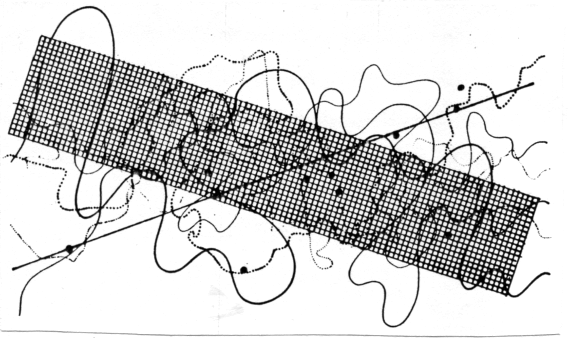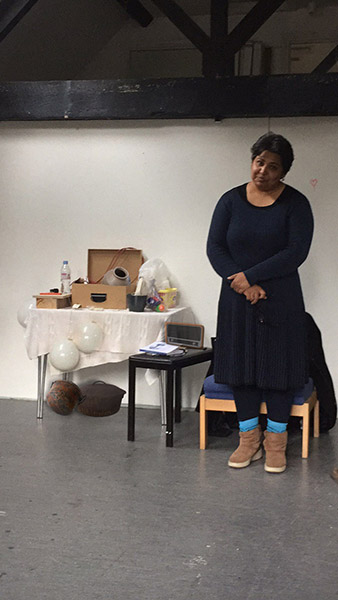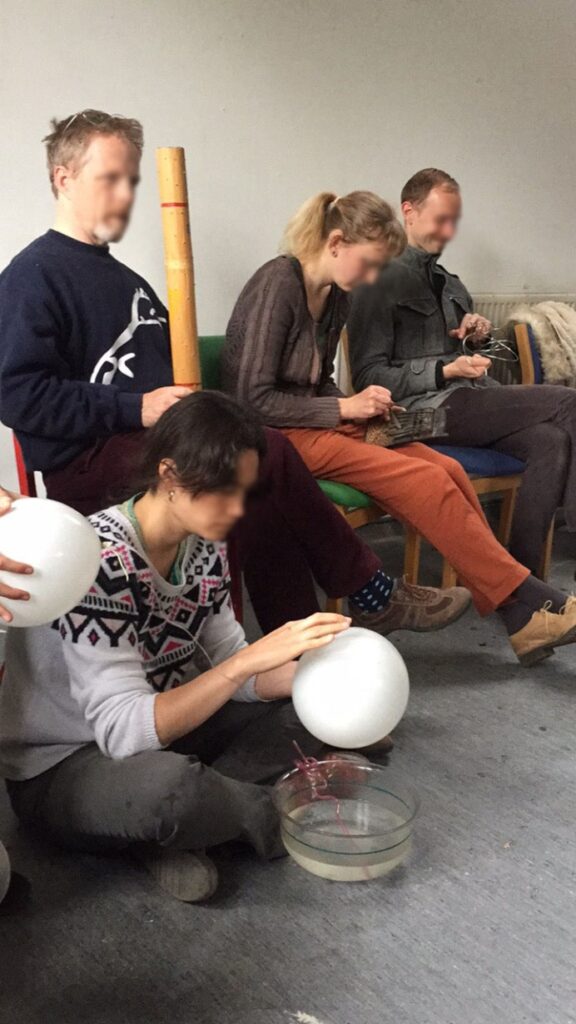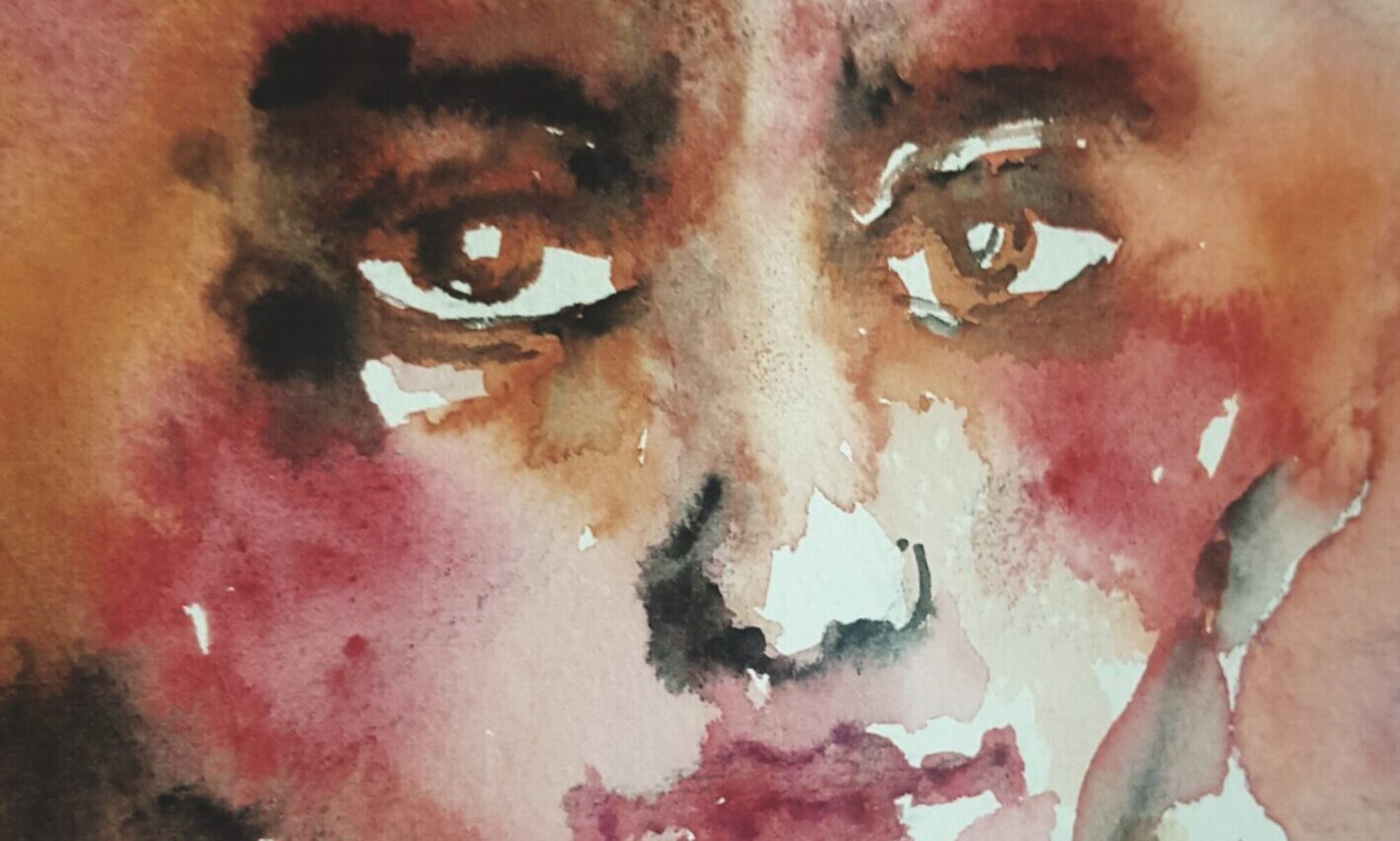
Tuning-in to my surroundings
One afternoon while I sat reading on a park bench, I began to carefully listen to sounds coming from my surrounding space. The pages of my book flipped by the wind, flock of birds bathing in the stream of water, the rustling of dried leaves, ringing bells of a church, the sound of a flask and tea being poured into a cup from someone sitting next to me, sound of a ball being kicked by children and their excitement. This open expanse had no barriers or acoustics yet these aural interconnected sounds of everyday life had a rhythm to it. Over the days I became more aware of my routine pattern of sounds. The structure of morning sounds included light switches, the kitchen exhaust fan, the toaster, toothbrush, flush, keyboard, water kettle, utensils in the sink and much more. I realized that we apparently hear these random sounds everyday but do we listen to them? These are perhaps the instruments that surround our day-to-day life and the sound emitted from them could be called the music of our life. My curiosity made me go deeper and research about this open framework of music.


Research and Collaboration
I am a Sufi singer who was brought up with very traditional ideas about music. During my collaboration with Malcolm Atkins (a prolific music composer and performing artist based in Oxford) for musical performances in Oxford, I had discussed with him my thoughts about the harmony in sounds of daily objects. He then began enlightening me about the music of John Cage through several books, his compositions and even showed me how to write and read the graphic scores. This perception of music was completely unknown to me. I sensed immense freedom in the process of making the score and how this unique format was open to interpretation of the player. In his conception of ‘Indeterminacy’ (1957-1961), John Cage called it ‘Embracing the Open Form’

Experimenting with sound
“I begin to hear the old sounds, the ones I had thought worn out, worn out by intellectualization – I begin to hear the old sound as though they are not worn out. Obviously, they are not worn out. They are just as audible as new sounds; our thinking had worn them out. And if one stops thinking about them, suddenly they are fresh and new”.– John Cage
As per John Cage’s method, I was beginning to identify sounds by their frequency, timbre, duration and amplitude. I would also visit bus stops, railway stations, café’s/restaurants and marketplaces to enhance my understanding of sound. I closed my eyes and allowed my pencil to follow the sounds, which my ear picked up. Each drawing differed from the other depending on the location where it was documented.

While collaborating with Malcolm and experimenting with different objects we noticed that sound shudders, flows, tinkles, bubbles, the pitch is high and low, etc. depending on the object and its environment. I was very excited to discover a world of new possibilities with making music. He had introduced me to the group of Oxford Improvisers, a group of highly accomplished musicians and composers who met on Monday evenings to practice experimental music. After attending their sessions and collaborating with them, I gained further insights about the open process of music.
Developing a Phenomenological understanding through this work.
Our main inspirations while conceptualizing this work came from referring to John Cage’s lectures, ‘Lecture on Nothing’ and ‘Circus and Anarchy.’ The work was mainly conceived based on the perception of sound, a direct perception that is experiential. In this participative intervention the audience are the musicians, and an assembly of daily objects are perceived as instruments of life. The process of making music engages in openly exploring the essence of the objects without judging them for what they are in the real sense.
Collaborating Artist: Nivedita Saha and Malcom Atkins
